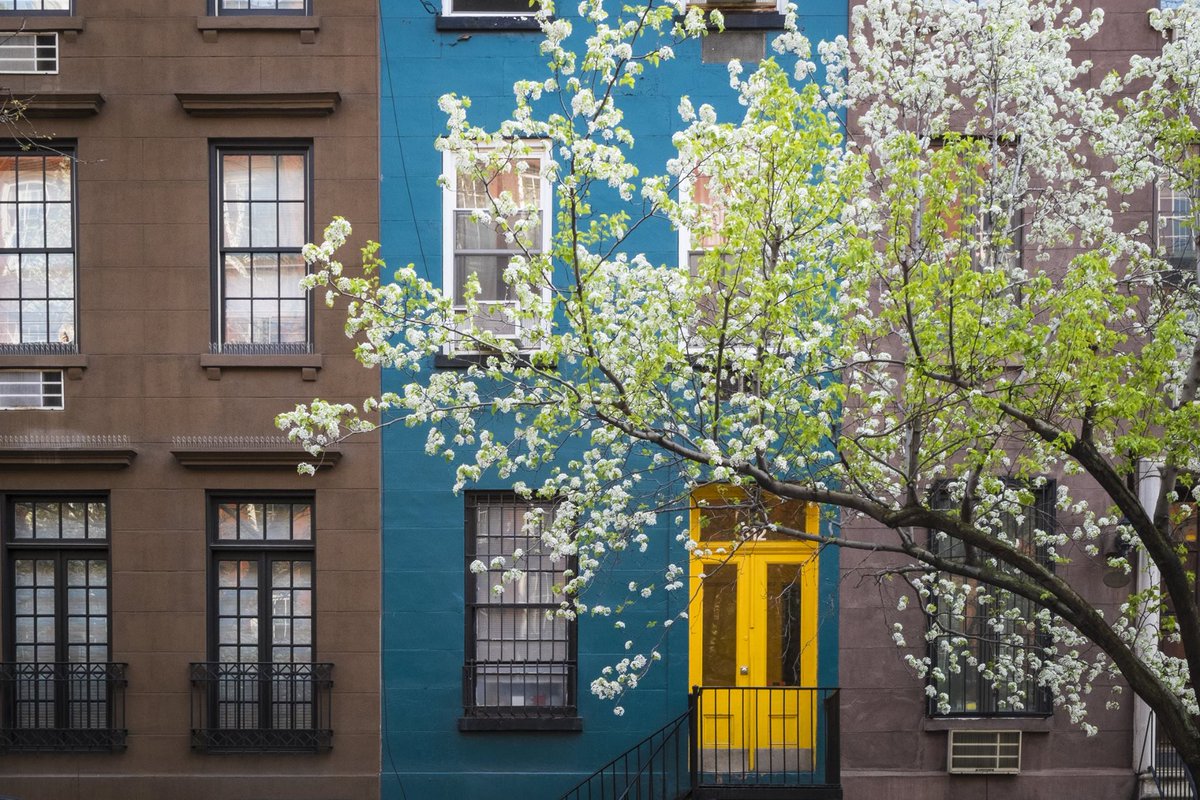~~~~~~~~~~~~~~~~~~~~~~~~~~~~~~~~~~~~~~
- Years ago I visited Venice, Italy, for the first time and was deeply disappointed. I had hoped to find a city of magical beauty, but all I saw, when not gazing at the canals, was dilapidated buildings that had once been impressive, narrow claustrophobic alleys, and NOT A SINGLE TREE OR PLANT IN SIGHT. To find them you must make a trek far from the city centre. The land is awfully expensive and sidewalks are narrow. No space to spare for trees.
- Being from Vancouver Island I'm used to seeing greenery everywhere, even in winter.
- We have a real need to be around plants and trees. They do much more than produce our much needed oxygen. They also help us mentally and spiritually by beautifying our surroundings.
- We like to blame carbon emissions for climate change, but a more likely culprit is the massive deforestation occurring all over the world. If one single tree can influence neighborhood climate, just imagine what the demise of millions of trees can do.
- The following article tells how even a single tree can help improve the weather in our neighborhood.
SCIENCE DAILY - Even a single urban tree can help moderate wind speeds and keep pedestrians comfortable as they walk down the street, according to a new University of British Columbia study that also found losing a single tree can increase wind pressure on nearby buildings and drive up heating costs.

Continue reading
The researchers used remote-sensing laser technology to create a highly detailed computer model of a Vancouver neighbourhood down to every tree, plant and building. They then used computer simulation to determine how different scenarios -- no trees, bare trees, and trees in full leaf -- affect airflow and heat patterns around individual streets and houses.
"We found that removing all trees can increase wind speed by a factor of two, which would make a noticeable difference to someone walking down the street. For example, a 15 km/h wind speed is pleasant, whereas walking in 30 km/h wind is more challenging," said lead author Marco Giometto, who wrote the paper as a postdoctoral fellow in civil engineering at UBC.
Trees also moderated the impact of wind pressure on buildings, particularly when it goes through small gaps in and between buildings.
"Wind pressure is responsible for as much as a third of a building's energy consumption. Using our model, we found that removing all the trees around buildings drove up the building's energy consumption by as much as 10 per cent in winter and 15 per cent in summer," said Giometto.
The researchers compared the simulated scenarios against a decade of measured wind data from a 30-metre-tall research tower operated by UBC in the same Vancouver neighbourhood. They discovered that even bare trees in the winter months can moderate airflow and wind pressure, contributing to a more comfortable environment.
"Even bare branches play a role. Deciduous trees, which shed their leaves every year, reduce pressure loading on buildings throughout the year-it's not only evergreens that are important in the city," said Marc Parlange, who supervised the work while a professor of civil engineering at UBC.
The model, piloted last year, is the first to simulate a real urban neighbourhood in extreme detail, added study co-author and UBC geography professor Andreas Christen.
"Information from such models can improve weather forecasts in order to predict the effects of a storm on a building and pedestrian level," said Christen. "It could also help city planners in designing buildings, streets, and city blocks to maximize people's comfort and limit wind speed to reduce energy loss."
Source
https://www.sciencedaily.com/releases/2017/07/170726091513.htm
More interesting articles on
PLANTS AND TREES on this blog




No comments:
Post a Comment
Thank you for visiting my blog. Your comments are always appreciated, but please do not include links.